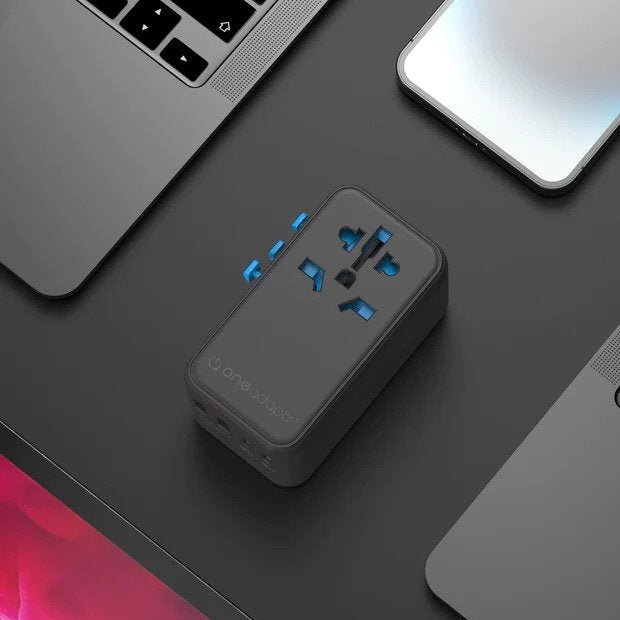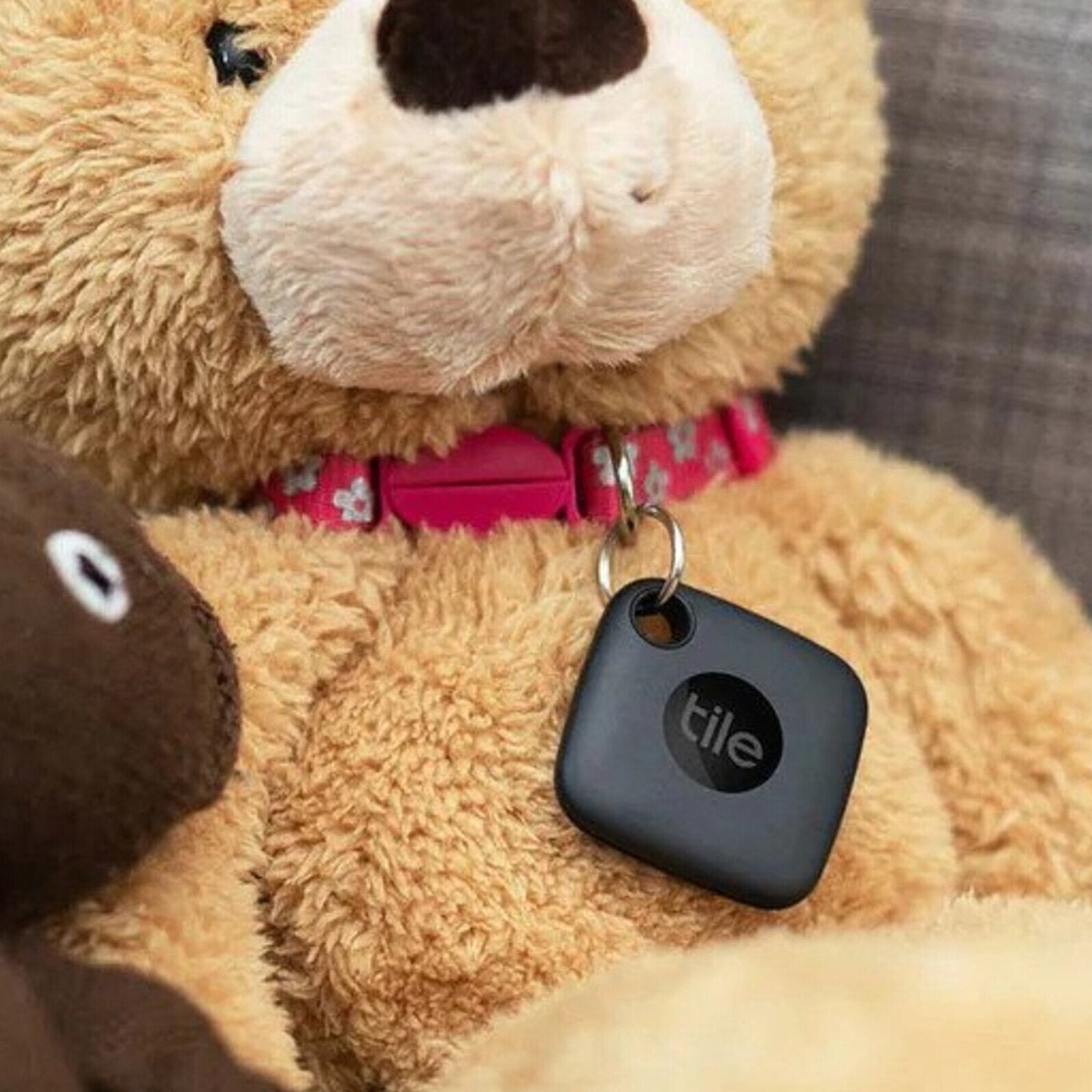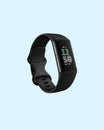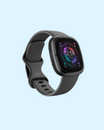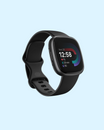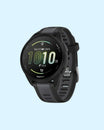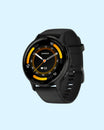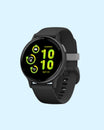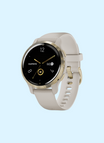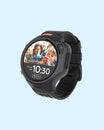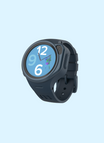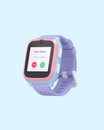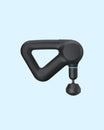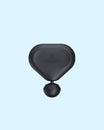DJI Mic Mini vs Rode Wireless Go 2: Which is Superior?
Naila Syifa
Updated December 2024

If you're looking for a compact, reliable wireless microphone, the DJI Mic Mini and Rode Wireless Go 2 are some of the top contenders in today's market. Both systems offer impressive features for content creators, but they have distinct differences that could make one a better choice for your specific needs.
Key Takeaways
Each model has its own advantages. DJI Mic Mini is leading in battery life, connectivity, and noise canceling, while Rode Wireless Go 2 excels in professional features like internal recording and more precise gain control.


DJI Mic Mini
Small but Powerful
✓ Two-Level Noise Canceling
✓ Automatic Limiting
✓ DJI OsmoAudio
✓ 48-Hour Battery

Rode Wireless Go 2
Entry-Level Microphone
✓ Safety Channel
✓ Fine Gain Control
✓ Internal Recording
✓ 7-Hour Battery
Design

Rode Wireless Go 2
Rode Wireless Go 2 is already quite compact and portable at 44 x 45.3 x 18.3 mm, but the DJI Mic Mini is even smaller with just 26.5 x 26 x 15.9 mm dimensions. The transmitter of the DJI Mic Mini is also 3x lighter than the Rode's transmitter, measuring 10 g versus 30 g for the Wireless Go 2.
However, the Rode Wireless Go 2 stands out with an LED screen on its receiver. It is a non-touch display but still gives quick access to key information like battery level, signal strength, input level, and output gain.
The DJI Mic Mini features no display, so it relies on LED indicators to show battery status, connection status, and channel. There is also a dial on the receiver, which can be rotated to adjust the gain level.
Audio Features

DJI Mic Mini
Both the Mic Mini and Rode Wireless Go 2 support mono audio, stereo audio, and a safety channel for backup recording at a lower gain level.
One difference is that the Rode model has internal storage that can record up to 40 hours of compressed audio or 7 hours of uncompressed audio, while the DJI Mic Mini has no internal recording capability.
Rode Wireless Go 2 also offers more precise control over gain levels. The gain button adjusts the gain level in 3 stages (0, -12, and -24 dB) by default, but it can be expanded to a 10-stage adjustment that ranges from 0 dB to –30 dB in 3 dB increments.
The DJI Mic Mini, on the other hand, offers just a 5-level gain adjustment. By rotating the dial on the receiver, we can choose between -12, -6, 0, +6, and +12 dB. That's less granular control, which may be a drawback for audio professionals who need precise gain adjustments.
However, the DJI Mic Mini has some exclusive audio features that the Rode counterpart does not offer. Two-Level Noise Cancelling allows you to choose between Basic and Strong to reduce unwanted background noise based on your recording environment. Rode only offers physical windscreens for noise reduction, which the Mic Mini also includes.
The Automatic Limiting feature is also exclusively available in the DJI Mic Mini, preventing audio clipping by automatically lowering the volume when the input gets too loud.
Connectivity & Range

DJI Mic Mini
DJI Mic Mini supports a range of up to 400 m, double that of Rode's 200 m. This gives the DJI more flexibility for long-distance recording scenarios.
In terms of connectivity, both microphones are versatile. They equally support connection to cameras, smartphones, and computers by connecting the receiver to the device using a cable or adapter.
DJI Mic Mini includes all the necessary adapters in the box, except for the Lightning adapter which must be purchased separately. Rode Wireless Go 2 only includes a TRS cable for camera connection, while the other cables must be purchased separately.
DJI Mic Mini also has an advantage in that it supports Bluetooth connectivity, which means you can directly connect the transmitter to Bluetooth-enabled devices without needing the receiver.
If you have DJI cameras, including the Osmo Action 5 Pro, Osmo Action 4, or Osmo Pocket 3, you can also directly connect the Mic Mini without a receiver.
In contrast, Rode Wireless Go 2 only works through its receiver and requires physical cable connections.
Battery

Rode Wireless Go 2
DJI Mic Mini has superior battery performance with 11.5 hours of runtime for the transmitter and 10.5 hours for the receiver. The case provides an additional 3.6 charges, extending the total usage time to 48 hours. That is a super battery life that is surprising for such a small device!
Rode Wireless Go 2, on the other hand, only boasts 7 hours of runtime for both the transmitter and receiver. The charging case extends the total usage time to 21 hours, but that still falls short of DJI's impressive 48-hour total runtime.
On top of that, the charging case of Rode Wireless Go 2 doesn't come included. It requires a separate purchase, adding the cost to the overall investment.
DJI Mic Mini vs Rode Wireless Go 2
Final Thoughts

DJI Mic Mini
Despite being the smaller model, the DJI Mic Mini surprisingly beats the Rode Wireless Go 2 in battery life, connectivity range and options, and exclusive features like noise canceling and automatic limiting.
However, Rode Wireless Go 2 still holds some key advantages with its display, internal recording capability, and more precise gain control options.
In conclusion, the DJI Mic Mini is the superior option overall but the Rode Wireless Go 2 caters to professional users better.
If you like to read more about Wireless Microphone, check out our other relevant guides here:
DJI Mic Mini vs DJI Mic
DJI Mic Mini vs DJI Mic 2
DJI Mic Mini vs Rode Wireless Micro
DJI Mic Mini vs Hollyland Lark M2
Author

Naila Syifa
Naila has spent over 1,800 hours researching, exploring, and writing about the latest trends in technology, consumer electronics, and smart home gadgets.
Don't miss out on tech
Subscribe to our newsletter to stay up to date on the latest tech trends and guides on the best gadgets around.


